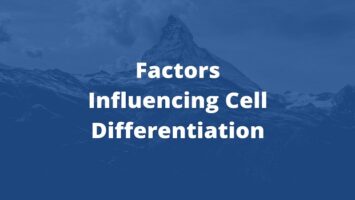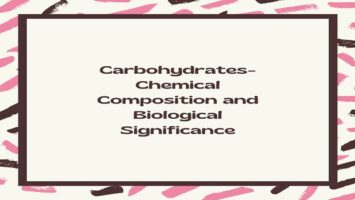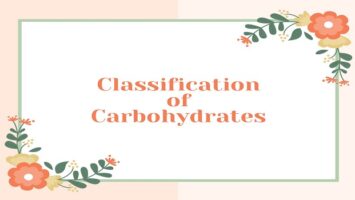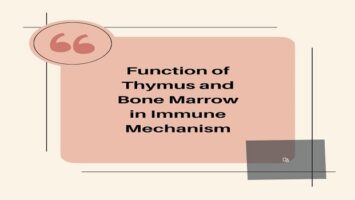Ultra Structure of Eukaryotic Nucleus:
The eukaryotic nucleus consists of a nuclear envelope, nuclear sap (karyoplasm), chromatin and nucleolus.

(1) Nuclear Envelope- The nucleus is separated from the cytoplasm by a nuclear envelope. It is a double membrane structure consisting of proteins and lipids with an outer and inner membrane. The space between two membranes is perinuclear space and it is about 150-300 Å. The outer surface of the nuclear membrane contains ribosomes while the inner surface is smooth. At some places, the outer membrane remains continued with ER of the cytoplasm. The nuclear envelope is perforated by many nuclear pores of diameter about 500 Å – 800 Å. These pores are not simple holes but are plugged by a cylinder of proteins materials called an annulus. These pores help in maintaining continuity between the nucleoplasm and the cytoplasm.
(2) Nuclear Sap- It is the ground substance of the nucleus which is transparent and semi-fluid. It contains nucleic acid, proteins, lipids, minerals and various enzymes. The chromatin network is suspended in it.
(3) Chromatin- It is a network of twisted thread-like structures embedded within the nucleoplasm. During cell division, a constant condensation and contraction of chromatin occur and they change into chromosomes. The chromosomes are nucleo-proteins bodies consisting of nucleic acid (DNA and RNA) and proteins. Each chromatid of a chromosome consists of a continuous linear DNA duplex strand associated with basic proteins- histones, non-histones, a small amount of RNA and some enzymes such as DNA and RNA polymerase. The chromatin is stained as darker region, called heterochromatin. It is generally an inactive region containing genes for r-RNA and t-RNA. The lightly stained regions of chromatin are called euchromatin and they are genetically active regions.
(4) Nucleolus- It is a small rounded body without a limiting membrane lying with the interphase nucleus. It is associated with special regions of particular chromosomes called a nucleolar organising region. The nucleolus is rich in RNA, proteins and some DNA. The appearance of nucleoli varies with the type of cell and its metabolic state. It has different zones, consisting of granular and fibrillar.









Comments (No)